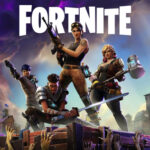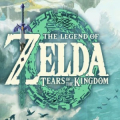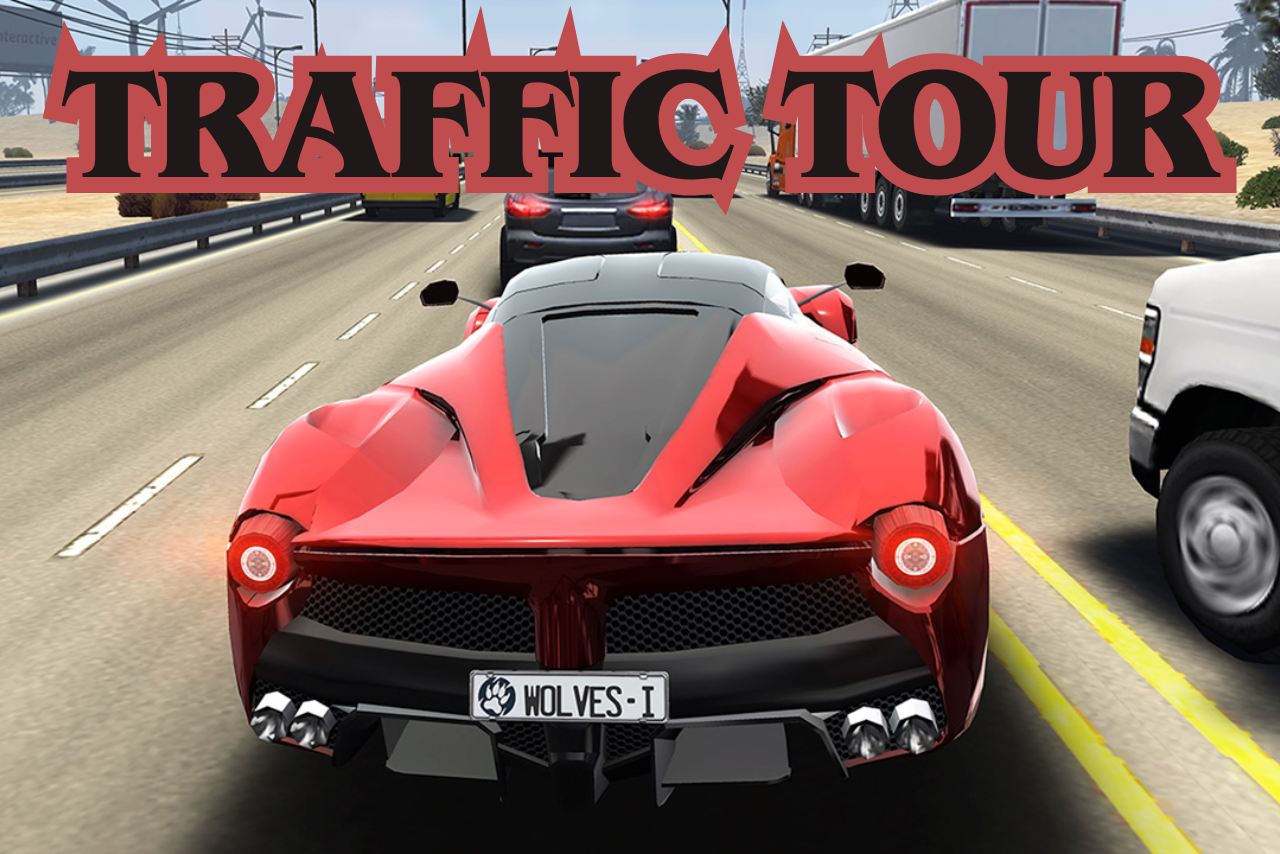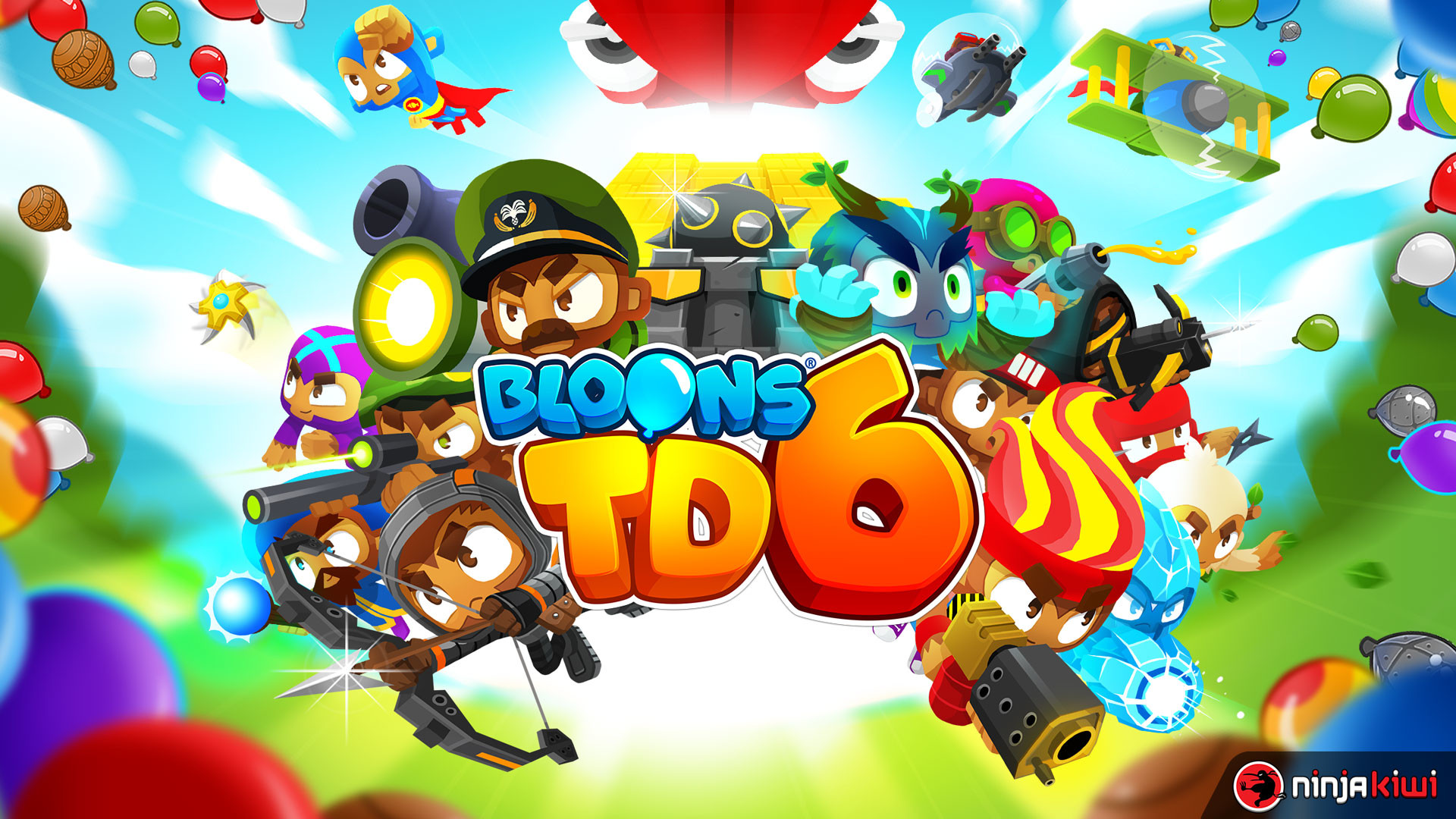
Brawl Stars
All trademarks belong to their respective owners.
Advertisement
Popular Now
Introduction
Brawl Stars, the popular multiplayer online battle arena (MOBA) mobile game from Supercell, has captivated millions with its fast-paced action, unique Brawlers, and exciting game modes. But despite its fun gameplay and engaging mechanics, there’s a persistent issue that many players have raised concerns about: the "pay-to-win" (P2W) mechanics. In a game that thrives on progression, unlocking new Brawlers, power-ups, and skins, the gap between paying players and non-paying players has become a source of frustration for the community. In this article, we’ll take an in-depth look at how the pay-to-win model in Brawl Stars affects the gameplay experience, player progression, and the overall fairness of competition. We’ll explore the advantages that paying players have, the impact on free-to-play (F2P) players, and how these issues might be addressed to improve the game’s overall balance.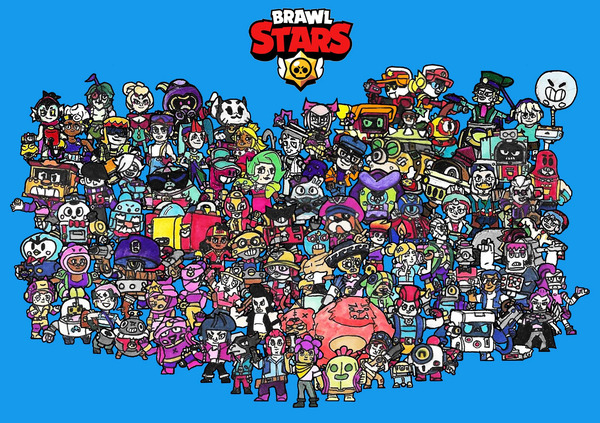
The Brawl Stars Progression System
Understanding Progression in Brawl Stars
At the core of Brawl Stars' progression system is the concept of unlocking new Brawlers, upgrading them, and earning various rewards. Players progress by completing quests, participating in events, and opening Brawl Boxes. Each box gives a random chance of unlocking power points (used to upgrade Brawlers), new Brawlers, or coins (the in-game currency). However, progression isn’t always as smooth for every player. For non-paying players, the process can feel like a grind. The rate of progression is slower, as they rely on free Brawl Boxes from quests or limited rewards from events. Meanwhile, paying players can skip the grind by purchasing Brawl Boxes or upgrading their Brawlers faster with gems, which introduces an imbalance in the game.The Role of Gems in Progression
Gems, the premium currency in Brawl Stars, play a major role in accelerating progression. They can be spent to buy Brawl Boxes, buy the Brawl Pass, or purchase other in-game items. Paying players can use gems to unlock new Brawlers and upgrade existing ones much faster than non-paying players. While Brawl Stars offers a Brawl Pass system that allows players to earn rewards over time, paying players who purchase the premium Brawl Pass gain access to additional rewards and an accelerated progression track. This discrepancy in how quickly players can level up their Brawlers creates a pay-to-win environment, where the best Brawlers and maxed-out characters are often only accessible to those willing to spend money.The Impact of Power Level on Gameplay
The Advantage of Higher Power Levels
In Brawl Stars, upgrading a Brawler’s power level increases their health, damage, and overall effectiveness in battle. Players can upgrade their Brawlers using Power Points, which are obtained from Brawl Boxes, events, and quests. However, the rate at which players collect Power Points is significantly faster for paying players. This results in them having access to max-level Brawlers much earlier than non-paying players. A player with a maxed-out Brawler is significantly stronger than a lower-leveled counterpart, which creates a massive power disparity. In game modes like Showdown, Gem Grab, and Bounty, this power imbalance can be a huge disadvantage for non-paying players. A lower-leveled Brawler has less health and deals less damage, meaning they are at a clear disadvantage against an opponent with a maxed-out Brawler.Pay-to-Win in Competitive Modes
The effects of power imbalance are especially apparent in competitive game modes. For instance, in Showdown (solo and duo), players are pitted against each other in a free-for-all battle. Players with maxed-out Brawlers have an enormous advantage over players with lower-leveled Brawlers. This creates an uneven playing field where non-paying players may struggle to compete, even if they are more skilled at the game. Similarly, in Gem Grab, the team with higher-leveled Brawlers will likely dominate the match due to the raw power and survivability advantage. The game’s matchmaking system often places players with lower-leveled Brawlers in matches against opponents who have spent money to upgrade their characters, exacerbating the frustration.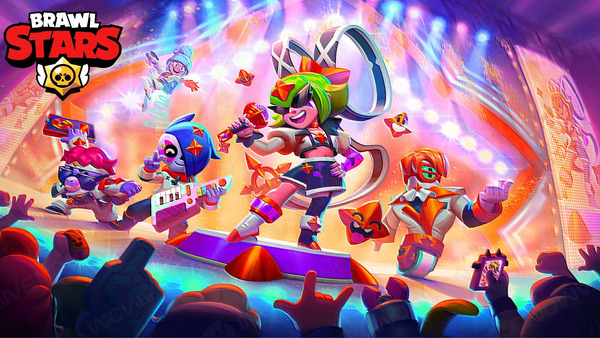
The Brawl Pass System: A Double-Edged Sword
Premium Rewards and Fast Progression
The Brawl Pass has become a key part of Brawl Stars' monetization strategy, offering exclusive rewards, skins, and faster progression to those who purchase the premium version. Paying players who buy the Brawl Pass receive better rewards, more Power Points, and a faster way to level up their Brawlers. This allows them to quickly max out their characters and gain an advantage over free-to-play players. The Brawl Pass introduces a major element of pay-to-win mechanics into the game. While non-paying players can still progress through the free track, the rewards they receive are significantly less impactful than the premium track. Players who do not spend money on the Brawl Pass often find themselves falling behind in terms of both progression and available Brawlers.F2P Players: Slower Progression
For non-paying players, the Brawl Pass offers limited rewards. They can unlock new Brawlers and skins over time, but the process is slower and more tedious. Without the premium pass, they will not gain access to the exclusive rewards available on the higher tiers. As a result, non-paying players may find themselves stuck with the same Brawlers for longer periods, unable to unlock new characters or upgrade existing ones at the same pace as paying players. This can create a feeling of stagnation for free-to-play players, as they watch others zoom ahead in terms of progression. The discrepancy in rewards and progression creates an environment where paying players have an easier time accessing stronger Brawlers and more powerful upgrades, giving them an advantage in both casual and competitive play.Matchmaking and the Pay-to-Win Effect
How Matchmaking Works in Brawl Stars
Brawl Stars uses a matchmaking system that places players into games based on their trophies, Brawler power levels, and overall skill. However, the system doesn't always account for the power imbalance caused by the pay-to-win mechanics. As a result, players with lower-leveled Brawlers are often matched against opponents who have spent money to max out their characters. This creates an unfair advantage for paying players. A maxed-out Brawler will have a significant advantage in terms of health, damage, and survivability. When a non-paying player faces off against a maxed-out Brawler, they may struggle to win the match even if they are more skilled.The Frustration of Facing Max-Level Brawlers
One of the most frustrating aspects of the pay-to-win issue is the feeling of helplessness when facing maxed-out Brawlers in competitive modes. For non-paying players, the slow progression rate can feel punishing when they are consistently matched against players who have invested money into the game. The feeling of being outclassed by stronger Brawlers creates a significant barrier to progression and enjoyment.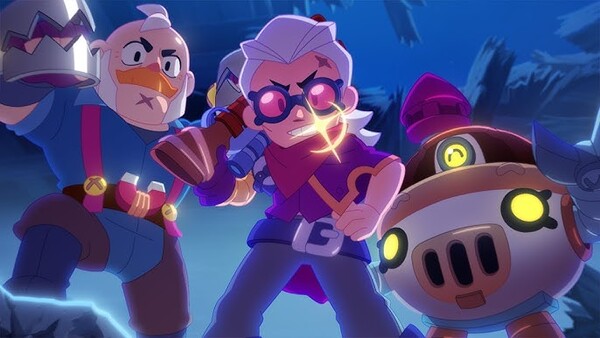
Supercell’s Response to the Pay-to-Win Concerns
Supercell’s Stance on Monetization
Supercell, the developer of Brawl Stars, has made it clear that they want to keep the game accessible to both paying and non-paying players. The introduction of the Brawl Pass was intended to offer premium rewards for those who wanted to accelerate their progression without alienating free-to-play players. While the developers have attempted to balance the game through regular updates and adjustments, the pay-to-win mechanics still create a significant imbalance. Some players argue that Supercell should find a way to make progression more accessible for free-to-play players without requiring them to invest in the Brawl Pass or purchase gems.Efforts to Address the Issue
Supercell has made some efforts to address the concerns of non-paying players. For example, they have introduced changes to the Power Points system to make it easier for players to upgrade their Brawlers through events and challenges. Additionally, there have been occasional offers and discounts to help non-paying players catch up with those who have spent money on the game. However, these efforts have not fully resolved the issue of progression imbalance. Until a more substantial change is made to the game’s progression system, the pay-to-win concerns are likely to persist.Potential Solutions to the Pay-to-Win Issue
Reworking the Progression System
One potential solution to the pay-to-win issue would be to rework the progression system to make it more accessible to free-to-play players. This could include increasing the drop rates of Power Points in Brawl Boxes or offering more ways to earn Power Points without relying on the purchase of gems. By providing more free-to-play avenues for progression, Supercell could help level the playing field between paying and non-paying players.Introducing a Separate Competitive Ladder for F2P Players
Another possible solution is to create a separate competitive ladder for non-paying players. This could ensure that free-to-play players are only matched against other players with similar progression and power levels, eliminating the frustration of facing max-level Brawlers in competitive modes.Adjusting Matchmaking to Account for Power Level Discrepancies
Supercell could also tweak the matchmaking system to account for the significant differences in power levels between paying and non-paying players. By matching players with similar Brawler power levels, the game could create a fairer and more enjoyable experience for everyone, regardless of whether they choose to spend money or not.

